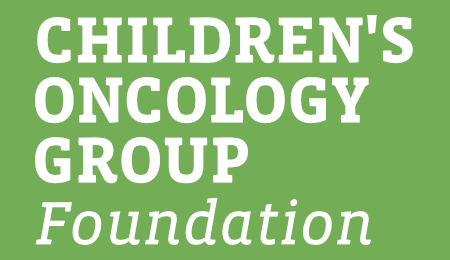Impact of COG Research
COG and its predecessor organizations have had a pivotal role in transforming childhood cancer from a virtually incurable disease 50 years ago to one with a combined 5-year survival rate of 86% today. Since the merger, COG researchers have published well over one thousand research manuscripts in peer-reviewed scientific journals, and routinely present results of research at national and international meetings. COG is widely recognized as the premier collaborative research organization, having enrolled more children with cancer on clinical trials than any other organization in the world.
Why is Collaborative Research Important?
While 15,000 children and adolescents are diagnosed with cancer each year, there are many different kinds of children’s cancer. When divided into the specific cancer types, the number of children with each is relatively small. In research, large numbers of patients are critical to ensuring that study results are meaningful. By enrolling patients from many hospitals in the same trial, the results become statistically significant. This approach is called collaborative research and is how the COG functions.
COG hospitals treat 90% of children with cancer in the United States, providing the unmatched combination of global expertise and local care. This means that every child and care team has complete access to the latest research and world-class treatments at hospitals within close to home.








